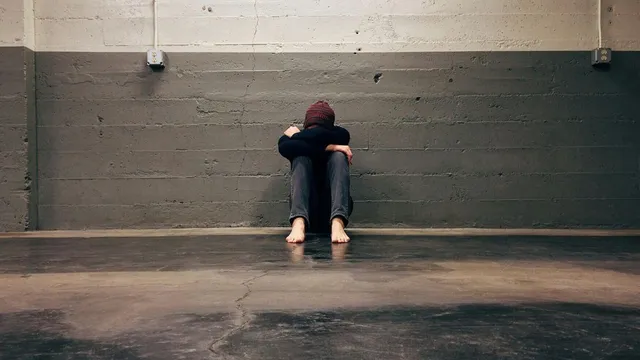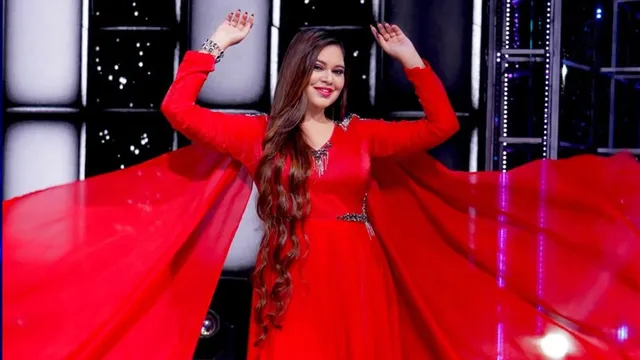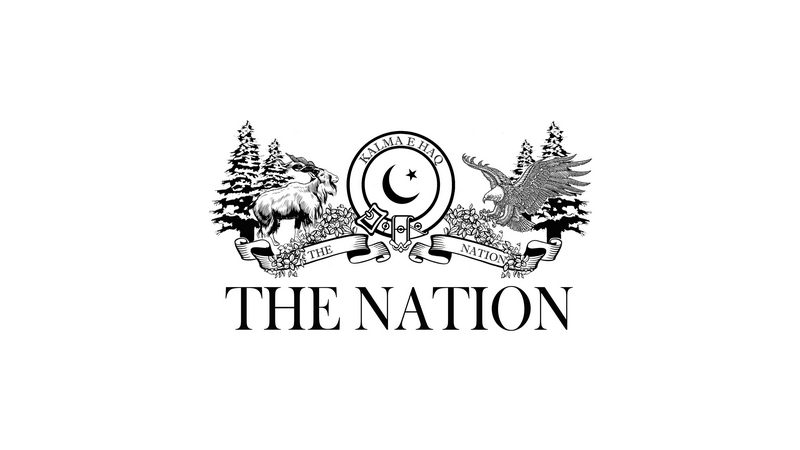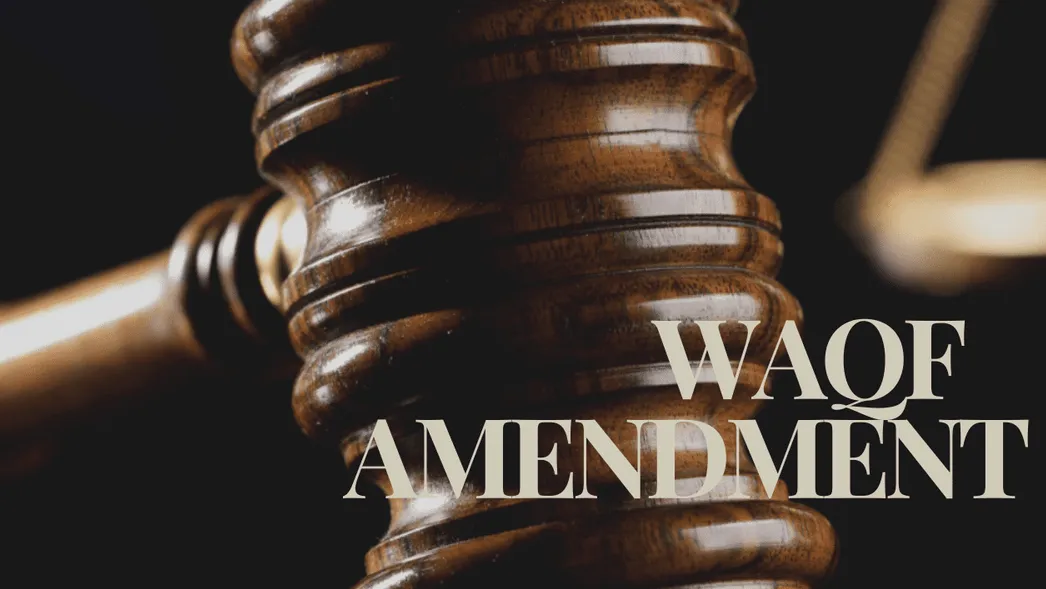As a candle simultaneously breathes fire and water in a diagonal dance, the capital city of Kathmandu witnessed both peaceful and violent demonstrations last week. The demonstration launched by the Republicans in Bhrikuti Mandap was marked by peaceful proceedings while the other staged by the monarchists in Tin Kune took a violent course. Two people died while more than 100 were injured.
Almost 125 people have been arrested on charges of arson and looting. Some towering leaders of the Rastriya Prajatantra Party (RPP), such as Rabindra Mishra and Dhabal Shumsher have been arrested. The coordinator of the movement, Naba Raj Subedi, an octogenarian, is in house arrest.

Interestingly, he has transferred his responsibility to Jag Man Gurung, a former Vice Chancellor of the Nepal Academy. Not only the buildings adjoining the movement site, but some media houses, such as Annapurna Post and Kantipur located fairly away, were also stoned by the demonstrators. Even the distant supermarket and herb processing centre were not spared in the process.
The government has condemned the violent acts, and it has directed the Home Ministry to investigate and punish the culprits. The RPP on the other hand requested the government to release its leaders within 24 hours, failing which it has threatened to intensify the stir. As such, it has already declared it would step up the demonstration unless its demand for the restoration of monarchy is addressed by the government within a week.
It has held the government responsible for the unfortunate incident that occurred last Friday. The RPP has disowned the violent acts alleging it to the infiltrators mobilised by the government. When the Bhrikuti Mandap demonstration went very peacefully, why did the Tinkune incident turn so violent? Who instigated this violence? This is the main concern haunting the minds of the people at the moment.
The government claims that Durga Parsain, who led the movement, drove the vehicle recklessly in an attempt to break through the police cordon, as evidenced by television footage. In response, the police resorted to firing tear gas canisters. The monarchists argue that the tear gas canisters were fired from the rooftop of a nearby building, immediately after several speakers had made their remarks.
According to the television footage it seems that Parsain had entered a pedestrian area recklessly driving a vehicle. So, he appears to have instigated the police into triggering the firing of tear gas and later bullets, which led to the death of one RPP volunteer, Sabin Maharjan. Parsain would not have absconded reportedly to a temple if he had not committed a mistake.
The monarchists have thus been caught on a wrong foot. Had they conducted the programme, it would have greatly enhanced their image. Their blame on the police does not appear credible in view of their inflammatory acts particularly those of Parsain.
Whatever the truth, three issues are resonating in the political arena at the present. These are the Hindu State, the Hindu Kingdom and Republicanism. People seem to be more in favour of a Hindu nation than a Hindu kingdom.
The rational of the former is that if the world can have so many Buddhist, Christian and Islamic states, why can it not have a solitary Hindu one. Moreover, a Hindu Nepal would serve as a deterrent against a highly unlikely, yet not impossible, offensive from India or China. Hindu-majority India would come to the rescue of a Hindu nation if it were attacked by India.
Similarly, a Hindu-majority India would be compelled to support Nepal in the event of a Chinese intervention. But a Hindu kingdom is not so palatable due to the King's highhandedness in the past, first by the unconstitutional move of King Mahendra in 1960 and then of Gyanendra in 2007, which was marked by the arrest of the popularly elected Prime Ministers and the other leaders on both the occasions. Moreover, Gyanendra had said that he would not be a mute spectator of the undesirable acts of the political parties like his elder brother Birendra.
So, his new-found proposal to remain a constitutional monarch has sounded like the proverbial story of the cat on a Haj pilgrimage to many. The events would not have come down to this unfortunate pass had the Republican leaders governed properly. Many contend that the anger seen during the demonstration is also an offshoot of this harsh reality.
Their performance marked by the flight of youths to foreign countries, change of a food exporting Nepal to a food importing one, rife corruption and sagging economy has eclipsed many achievements of the two decades of the federal and republican Nepal. It is clear that the monarchists are seeking a paradigmatic shift in the politics of Nepal. Such efforts have been possible only under the facilitation of India if we peep back into the past.
Whether it be the Delhi Agreement of the year 1950, the restoration of the multi-party polity in 1990 or the signing of the 12-point agreement in 2007, India has always acted as a moderator. India under the long rule and growing influence of Hindu-based Bharatiya Janata Party will not be averse to Nepal becoming a Hindu state. What can be done against this backdrop of the majority of Nepalis showing affinity for a Hindu state, followed by India's fascination for it, is that the government should talk to the parties in the Parliament towards holding a referendum during the local elections to choose if they want a Hindu state, Hindu kingdom or secularism, which will be within the constitution.
The constitution could be amended following the verdict of the referendum, and the following national election could be held in due time. This is a win-win situation for both the monarchists and the republicans as it provides equal opportunity to test their strength among the people..
Politics
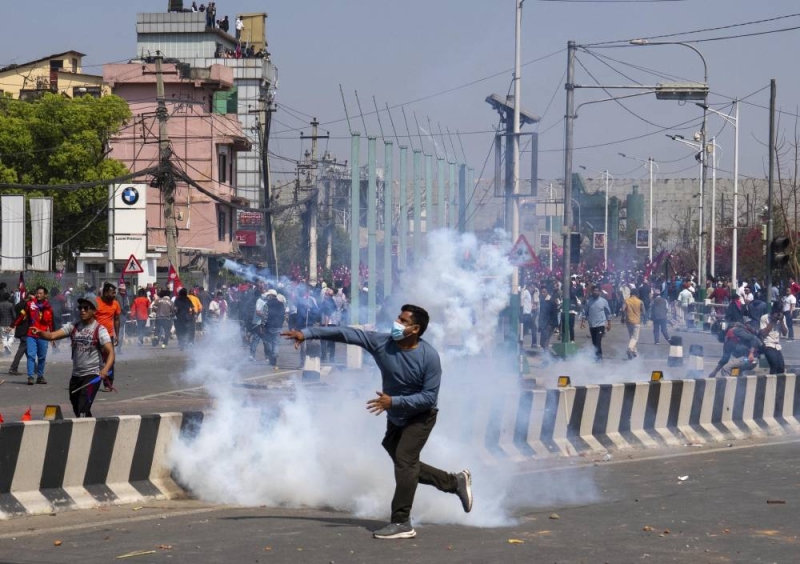
Twin demonstrations in the capital: One peaceful, another violent

As a candle simultaneously breathes fire and water in a diagonal dance, the capital city of Kathmandu witnessed both peaceful and violent demonstrations last week.The demonstration...




